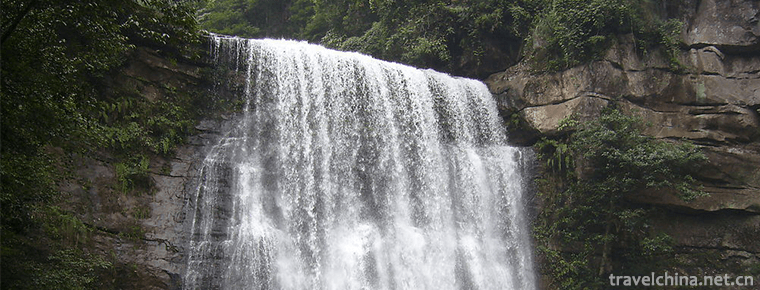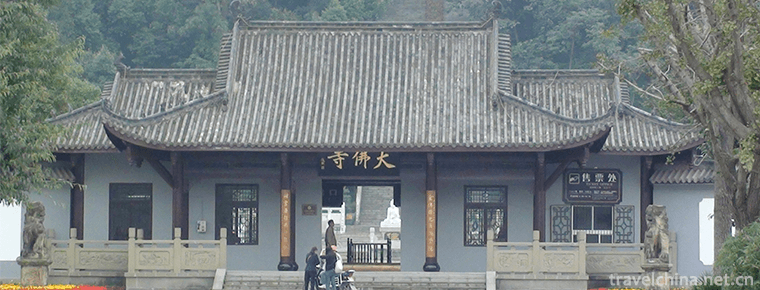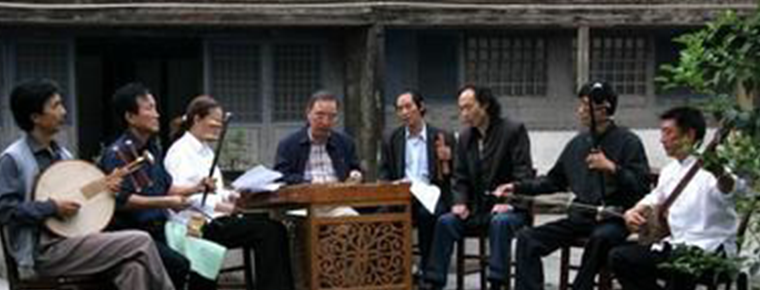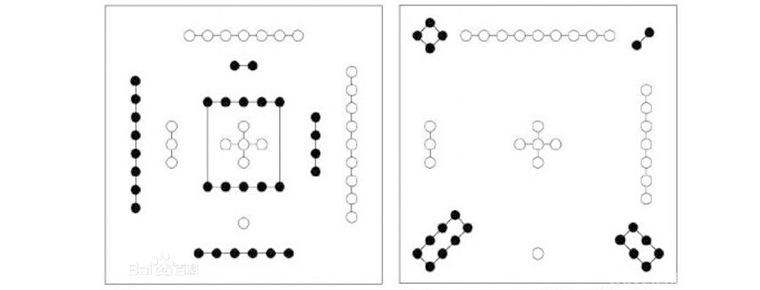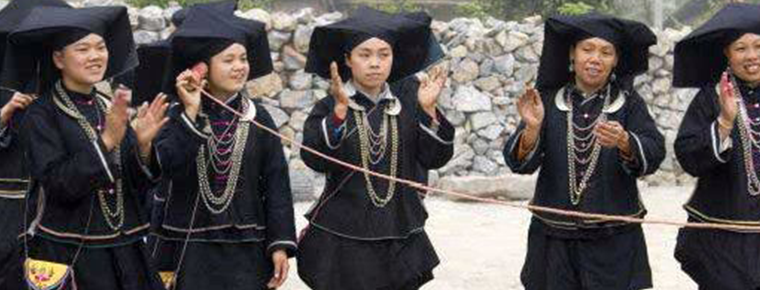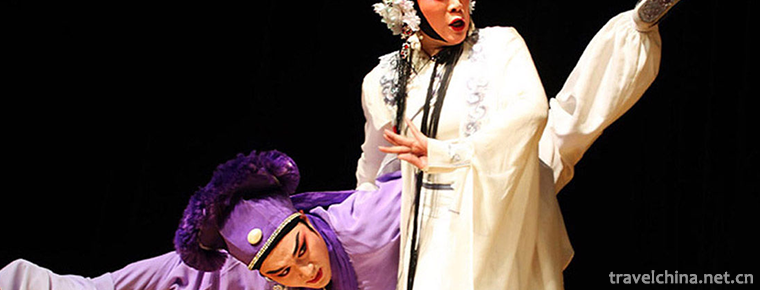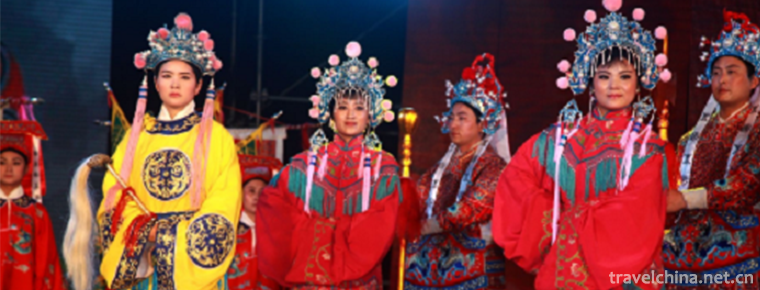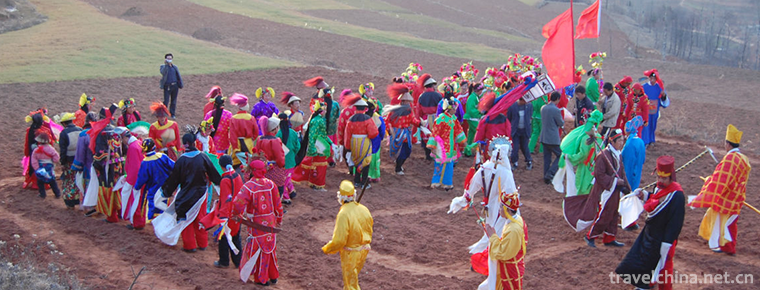Kangding yak meat

There are many wild medicines such as Fritillaria, Cordyceps and so on growing in these areas over 3500 meters. Yaks often eat these herbs, and their meat is incomparably delicious. After being killed, they can be roasted in brown sauce, stewed or dried in the cold. The taste is unique. Eating yak meat in Diqing is really a pleasure. And in the market to buy dried, dried meat floss and other gifts for young friends. Yak meat can be sticky with chili oil, and the taste is still delicious. Kangding beef not only has yak meat, but also smoked beef and so on. Compared with other Kangding specialties, it has a unique flavor.
Kangding yaks can not only be made into food, but also very useful! Kangding yaks have strong body, long coat, short tail, long hair like horse's tail, with dense and long hair on the abdomen and lower part of trunk, which looks like an apron, so it lies in the snow without cold. The bottom of the hoof has a hard like hoof like protuberant edge, so it can walk freely on the rugged mountain road. The upper lip is thin and flexible and can feed on dwarf grass. The coat color is black. It is said that the offspring of cattle are sterile.
Yak is a unique breed of cattle living in alpine grassland area above 3000 meters above sea level, mainly distributed in Qinghai Tibet Plateau and adjacent areas. Some people say that yaks are full of treasure, which is true. They can not only be used as a very favorable means of transportation, but also can carry people and carry things. Moreover, their meat is fresh and tender, not as rough as cattle or buffalo beef. Yak skin can be sewn into clothes, boots, bags, etc. the head of yak can be processed into craft products, the tail can be made into brooms, and the bullwhip is an aphrodisiac.

-
Dunhua Liudingshan Cultural Tourist Area
Dunhua Liudingshan Cultural Tourist Area is located in the South Bank of Mudanjiang River, 3 kilometers south suburb of Dunhua City.
Views: 147 Time 2018-12-05 -
Dajing gate
Dajinmen, the national key cultural relics protection unit. Located at the northern end of Zhangjiakou City, it was built in the first year of Shunzhi in the Qing Dynasty (1644 A.D.) and has a history.
Views: 283 Time 2019-01-06 -
Huangjinglaolin Scenic Spot
Huangjing Old Forest Scenic Spot is located at the junction of Sichuan and Guizhou provinces in southern Sichuan Province and northwest Gulin County. Its total planned area is 9122.6 hectares.
Views: 104 Time 2019-01-18 -
Big Buddha Cultural Tourist Area in Zigong Rong County
The Dafo Cultural Tourist Area of Zigong Rong County was opened to the outside world in 1982. It covers an area of 32,470 square meters and has a building area of 3,403 square meters. There are a wide.
Views: 198 Time 2019-03-22 -
Enshi dulcimer
Enshi Yangqin, also known as Enshi Silk String, was made up of Hunan Opera, Southern Opera, Chu Tune, folk minor, instrumental music licensing scholars and .
Views: 109 Time 2019-04-28 -
Legend of Hetuluo Books
The legend of Hetu Luoshu is a folklore system about Hetu and Luoshu, which was born in Luoyang, Henan Province. It mainly includes the legend of Longma Negative Tu Temple and the offering of Luoshu b.
Views: 173 Time 2019-05-03 -
Manchu Ergui wrestling
Ergui wrestling is a traditional Manchu folk dance spread in the urban and rural areas of Longhua County, Hebei Province. It was formed in the late Qing Dynasty (around 1820 A.D.) and flourished betwe.
Views: 102 Time 2019-05-17 -
Napo Zhuang Folk Songs
Napo Zhuang, also known as "Heiyizhuang", is a unique ethnic group among the Zhuang people. It calls itself "Min", "Zhong", "Ouch". Now there are about 518,000 .
Views: 118 Time 2019-06-06 -
Wenzhou opera
Ou Opera has a history of more than 300 years with "written warmth" as its stage language. The more influential traditional plays are Gao Ji and Wu Sanchun, Yanghe Pickup and the modern play.
Views: 89 Time 2019-06-08 -
Wan Bang
Wan Bang is a rare local opera. It grows and distributes in Nanyang in southwestern Henan and its surrounding areas. In the early days, people called it Hao Bang, Lao Bang Zi, Nanyang Bang Zi, etc. Be.
Views: 148 Time 2019-06-25 -
Wudu Alpine Opera
Wudu Alpine Opera, also known as Alpine Opera, is one of the two unique local operas in Gansu Province. In 2008, Wudu Alpine Opera was selected as the second batch of national intangible cultural heri.
Views: 168 Time 2019-06-30


